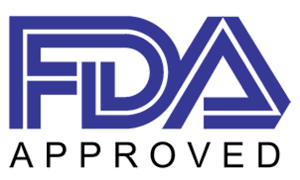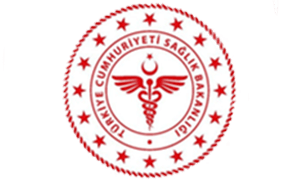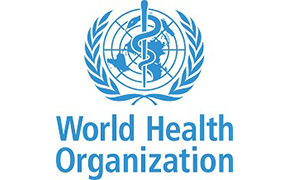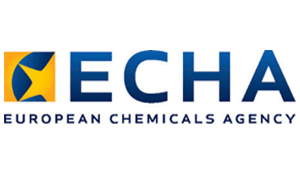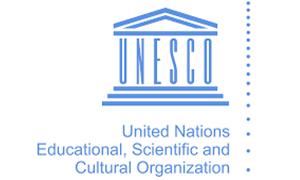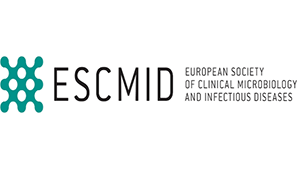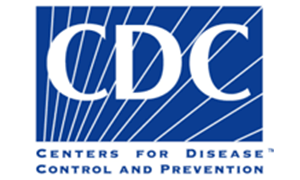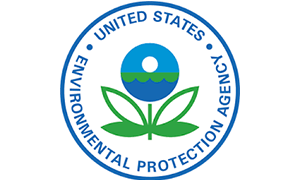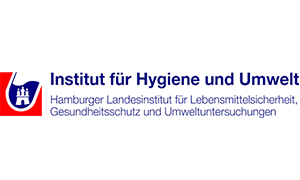Health Care
HEALTH CARE
During the 1960-70’s, the wholesale use of new (and often underdeveloped) biocides as a weapon against micro-organisms in food production and healthcare was prevalent and it was not until the 1980’s when it was proven that these had caused serious biological and environmental harm that worldwide action was taken to largely ban the use of these toxic chemicals from use, although some remained such as formaldehyde and its derivatives (since removed from medical use as causing asthma and cancer).
Envirolyte has been actively involved in exploring the potential of anolyte as a replacement for chlorine which has been a most effective disinfectant for over a century, eradicating many harmful diseases caused by population growth and poor living conditions. However it has been documented and proved that chlorine when combined with organic material will produce dangerous carcinogenic products or side effects that do not allow widespread use of this chemical on safety or environmental grounds.
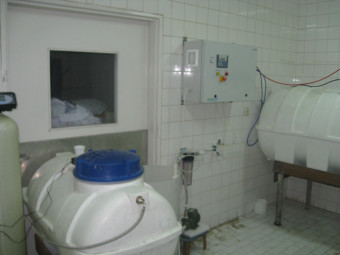 ELA-1200 Generator at a Hospital in Iran
ELA-1200 Generator at a Hospital in Iran
Anolyte has since been used as a method of water treatment in commercial and industrial applications, including human waste treatment and oil exploration, ensuring that water courses and the environment have not been overly contaminated by the primary source.
Anolyte, a blend of electrolysed brine and water, has been developed by Envirolyte to provide a unique electrolyzed water biocidal liquid that provides the cleaning strengths and benefits of chlorine without the dangerous side effects, ensuring no toxic or other side effects to humans or animals.
Anolyte, a blend of electrolysed brine and water, has been developed by Envirolyte to provide a unique electrolyzed water biocidal liquid that provides the cleaning strengths and benefits of chlorine without the dangerous side effects, ensuring no toxic or other side effects to humans or animals.
As anolyte is biodegradable, it is therefore not detrimental to the environment or aquatic life. Envirolyte has also developed the technology and experience required to enable the product to remain stable and active in storage for up to 18 months, making it an ideal healthcare industry cold sterilisation tool with excellent sporicidal, fungicidal and bactericidal powers whilst at the same time.
Anolyte has since been used as a method of water treatment in commercial and industrial applications, including human waste treatment and oil exploration, ensuring that water courses and the environment have not been overly contaminated by the primary source.
Anolyte, a blend of electrolysed brine and water, has been developed by Envirolyte to provide a unique electrolyzed water biocidal liquid that provides the cleaning strengths and benefits of chlorine without the dangerous side effects, ensuring no toxic or other side effects to humans or animals.
As anolyte is biodegradable, it is therefore not detrimental to the environment or aquatic life.
Envirolyte has also developed the technology and experience required to enable the product to remain stable and active in storage for up to 18 months, making it an ideal healthcare industry cold sterilisation tool with excellent sporicidal, fungicidal and bactericidal powers whilst at the same time.
Envirolyte has also developed the technology and experience required to enable the product to remain stable and active in storage for up to 18 months, making it an ideal healthcare industry cold sterilisation tool with excellent sporicidal, fungicidal and bactericidal powers whilst at the same time.
SPORİSİD
Identified hospital applications of anolyte but not limited to;
- Hard Surface treatments
- Hand washing
- Instrument soak and wash
- Decontamination of Endoscopes and Washing equipment
- Decontamination of water storages and pipework
- Secondary disinfectant under EN15883 / HTM 01
- Podiatry – instrument washes and foot soaks
- Radiology – wipe down of hard surfaces and decontamination of ultra sound
- equipment
- Bed and wheelchair washing [compatible with most UK bedwashers]
- Laundry pre-treatments
- Fogging clean areas – as part of deep clean or as rapid decontamination
- De-biofilm techniques in endoscopes and dental equipment
DENTAL UNITS WATER LINES DISINFECTION
ANTI MICROBIAL APPLICATIONS OF ANOLYTE IN DENTISTRY
Scientists exploring infection control problems have been discovering an alarming amount of evidence regarding the safety of the water that is sprayed into the mouth from dental instruments.
A recent study documented in the Journal of the American Dental Association concluded that
"Microbial contamination of dental unit water appears widespread and extensive, and the organisms populating the water lines include many with pathogenic potential which can cause serious illness and death, especially when the immune systems are down"
Among the recent findings: standard microbial culture techniques, as well as new analytical techniques, have revealed extraordinary numbers of a wide variety of waterborne "opportunistic" pathogens. These bacteria are quick to take advantage when the immune system defenses are low, with immuno-compromised patients especially at risk. The bacteria found in dental water lines may cause significant infection in these individuals.
Legionella, the bacteria which cause Legionnaires' disease, are present in dangerously high concentrations in the majority of dental chairs.
The source of these maverick bacteria which inhabit the dental unit water lines is two fold. First, research indicates that the majority of the organisms originate in the municipal water system. Conventional municipal water treatment procedures are proving inadequate in dealing with a wide variety of these "super bugs".
The tiny dental water lines provide a large interior surface area combined with low flow rates and stagnation, two ideal conditions for the formation of a thin slime of microbes called "biofilm" on the interior surfaces of the dental lines.
BIOFILM GROWING IN DENTAL WATERLINE
This dental water biofilm is an accumulation of dozens of types of microorganisms stacked and interwoven with each other in a cooperative ecosystem. Layer upon layer of these microbes grow on the inner surface of the dental water line until occasionally a "clump" breaks free and enters the patient's mouth.
The second source is known as the "suck back" effect, caused by imperfect anti-retraction valves in dental instruments, thus permitting the withdrawal or "suck back" of blood, saliva and other materials from a patient's mouth into the waterline. Research studies have identified a wide range of bacteria resident in the biofilm which originated in patient's mouths.
The methodical sterilization of dental instruments between patients providing sterile instruments thus fails to prevent potential pathogens from flowing from the dental water lines through the newly cleaned instrument into the next patient's mouth. Research studies have clearly shown that efforts to "flush" the water lines between patients are ineffective in removing the biofilm. In fact, flushing leads to incredibly fast re-growth rates due to new organisms and "food" being supplied to the biofilm during the flushing procedure.
Chemical rinses have also proven to be less than effective. Increasing chemical dosages to lethal levels for the biofilm endangers the patient as well as the dental care givers themselves, especially when residues of these chemicals may directly enter the bloodstream during certain invasive procedures.
Concern about the biofilm problem and the potential dangers of bacterial infections originating from municipal water systems has led some governments to mandate the use of sterile water for all dental surgical procedures. Considering total CFU measurements in randomly selected dental offices generally reach into the hundreds of thousands, and sometimes 1-3 million CFU/ml, this poses a potentially serious and formidable problem for all professionals involved in general dentistry.
In this situation, the dentist (oral surgeon) either purchases bulk distilled water or uses a small steam distiller to produce a couple of gallons of steam distilled water each day. The sterile distilled water is placed in a pressure vessel and then fed into the dental water lines during normal dental procedures. This process is designed to isolate the dental patient, water lines and dental instruments from the municipal water supply, and additional bacterial contamination from that direction.
Unfortunately, the use of sterile water by itself does not ensure a bacteria free dental water line. Studies have shown that even pressurized distilled water sources can be contaminated by suck back effects and other environmental(handling) activities.
The use of anolyte will solve the safety water general dentistry problem by incorporating a combined water purification(distillation) system with a water altering/structuring system which will provide a biocidal capability for all water used in the dental office waterlines leading to the patient. The target of bacteria free water can be met with a "free-standing" water treatment unit and without the use of any point-of-use(POU)filtration devices which are designed to remove all bacteria.
Contamination which may come by way of "suck back" effects will also be contained by the disinfected water which is entering the system. By maintaining a continual residual of biocidal in the dental waterlines, it will be easy to maintain the 0 CFU/ml total bacteria count.
The dentist now can attain the bacteria free water target without ripping out his or her entire water system or paying for replacement filters on a daily or weekly basis; the oral surgeon can now have organic, inorganic and microbe-free water in his water delivery system without worrying about suck-back or internal/handling contamination problems which would corrupt that water purity.
In most cases, special approvals are required only if a piece of dental equipment is "hard wired" into the system. In the present case, the disinfecting agent -anolyte- could be produced by a stand-alone unit which would be capable of servicing several operatories. Being physically independent of the existing dental equipments will make it easier for integration into dental operations. Whether or not any government approval is needed is subject to discussions with local authorities.
OVERVIEW OF SYSTEM AND OPERATIONAL INTERFACES
Although the anolyte disinfected water water technology has potential many applications in the dental area(mouthwash, surface cleaner, instrument cleaner, toothpaste, periodontal and oral surgery sterilant, and others), initial development efforts using electrolyzed water should initially focus on the application of this technology to the dental waterline biofilm problem.
